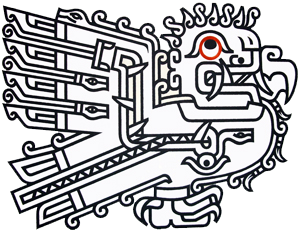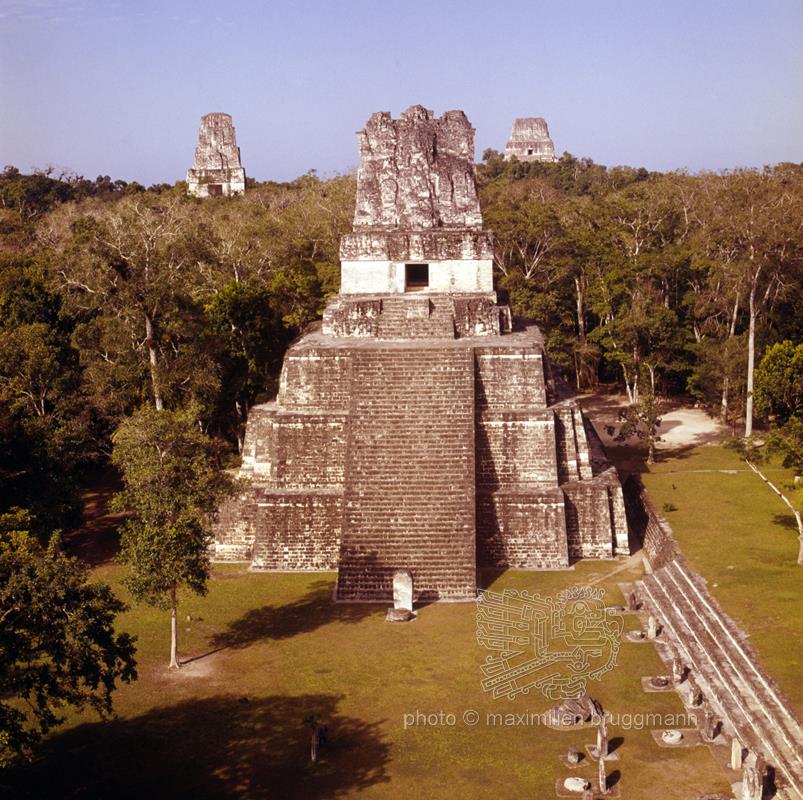Description
The city of Tikal is located in the north of Guatemala, in the heart of the Petén jungle. It is one of the largest sanctuary cities in the classical Maya world, covering an area of at least 100 square kilometres. North American archaeologists have been studying this extraordinary site for several years now. Their work is all the more commendable because archaeological excavations are very difficult in the forest. The exuberant vegetation, kept alive by the heat and the year-round humidity, makes it difficult to carry out large-scale research. It is calculated that only one-sixteenth of the city has been studied to date, and this despite the greatest difficulties. The site shows a series of palaces, temples and pyramids. Some of the latter, which are nearly sixty metres high, dominate the jungle. Some of these amazing constructions represent a mass of material estimated at 200,000 cubic metres! This figure, in truth, leaves one dreaming. Almost vertical staircases lead to the upper part of these pyramids, which is a platform on which an often highly decorated temple still stands. Unfortunately, rain erosion, which is almost constant in the forest, has caused the destruction of many of these works of art. At the foot of the buildings and often forming alignments, one can see steles of one to two metres in height, covered with strange engravings and hieroglyphs. - 1977
Description
The city of Tikal is located in the north of Guatemala, in the heart of the Petén jungle. It is one of the largest sanctuary cities in the classical Maya world, covering an area of at least 100 square kilometres. North American archaeologists have been studying this extraordinary site for several years now. Their work is all the more commendable because archaeological excavations are very difficult in the forest. The exuberant vegetation, kept alive by the heat and the year-round humidity, makes it difficult to carry out large-scale research. It is calculated that only one-sixteenth of the city has been studied to date, and this despite the greatest difficulties. The site shows a series of palaces, temples and pyramids. Some of the latter, which are nearly sixty metres high, dominate the jungle. Some of these amazing constructions represent a mass of material estimated at 200,000 cubic metres! This figure, in truth, leaves one dreaming. Almost vertical staircases lead to the upper part of these pyramids, which is a platform on which an often highly decorated temple still stands. Unfortunately, rain erosion, which is almost constant in the forest, has caused the destruction of many of these works of art. At the foot of the buildings and often forming alignments, one can see steles of one to two metres in height, covered with strange engravings and hieroglyphs. - 1977





